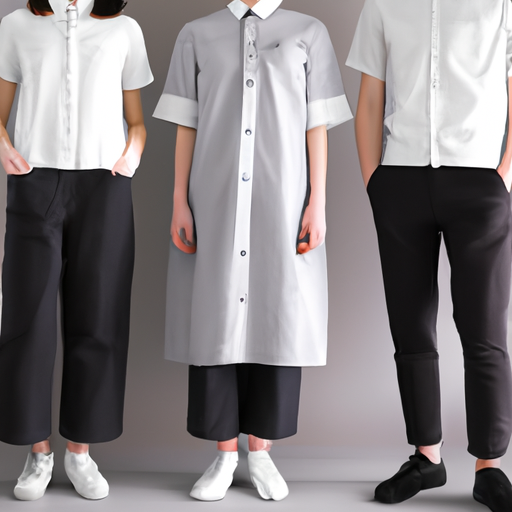Sustainable streetwear is revolutionizing the fashion industry by blending eco-friendly practices with urban style. Designers are creating cutting-edge clothing that minimizes environmental impact while maintaining street credibility. This movement represents a powerful intersection of fashion, ethics, and environmental responsibility.

The fashion landscape is undergoing a transformative shift, with sustainable streetwear emerging as a powerful force that challenges traditional design paradigms. No longer confined to niche markets, eco-conscious fashion has become a mainstream movement that resonates with younger generations who demand both style and social responsibility.
Traditional streetwear has long been associated with fast fashion and disposable trends, but a new generation of designers is reimagining urban fashion through an environmentally responsible lens. Brands like Patagonia, Everlane, and Reformation are leading the charge, demonstrating that sustainable clothing can be both aesthetically compelling and ethically produced.
The core of sustainable streetwear lies in its commitment to reducing environmental impact. This means utilizing recycled materials, implementing circular design principles, and creating clothing that can be easily repaired, recycled, or biodegraded. Innovative fabrics like recycled polyester, organic cotton, and plant-based leather alternatives are becoming increasingly sophisticated, offering performance and style without compromising ecological integrity.
Key to this movement is transparency in production processes. Consumers are now demanding to know exactly how and where their clothing is made, pushing brands to provide detailed information about their supply chains. This shift has led to increased accountability, with many companies now publishing comprehensive sustainability reports and implementing rigorous environmental standards.
The aesthetic of sustainable streetwear has also evolved dramatically. Gone are the days when eco-friendly clothing meant sacrificing style for ethics. Contemporary sustainable streetwear features cutting-edge designs, bold graphics, and innovative silhouettes that rival – and often surpass – traditional fashion offerings. Designers are proving that environmental consciousness and urban cool can coexist seamlessly.
Technological innovations are playing a crucial role in this transformation. Advanced recycling techniques, 3D printing, and digital design tools are enabling designers to create more sustainable and efficient production methods. Some brands are even experimenting with biomaterials and zero-waste pattern cutting, pushing the boundaries of what sustainable fashion can achieve.
Consumer behavior is also shifting, with younger generations particularly driving demand for sustainable streetwear. Millennials and Gen Z are increasingly making purchasing decisions based on a brand's environmental and social credentials. This demographic views clothing as more than just a fashion statement – it's a form of personal expression and a statement of values.
The economic potential of sustainable streetwear is immense. Market research indicates that the sustainable fashion segment is growing exponentially, with projections suggesting it could become a multi-billion dollar industry in the next decade. Investors and fashion houses are taking notice, recognizing that sustainability is not just a trend, but a fundamental reimagining of the fashion ecosystem.
Collaborations between sustainable streetwear brands and mainstream fashion houses are becoming more common, further normalizing eco-friendly practices. These partnerships help bridge the gap between high-end fashion and accessible, environmentally responsible clothing, making sustainable options more widely available.
As we look to the future, sustainable streetwear represents more than just a fashion trend – it's a profound cultural shift. By prioritizing environmental stewardship, ethical production, and innovative design, this movement is redefining what it means to be stylish in the 21st century. The message is clear: fashion can be a powerful tool for positive change, and style need not come at the expense of our planet.



